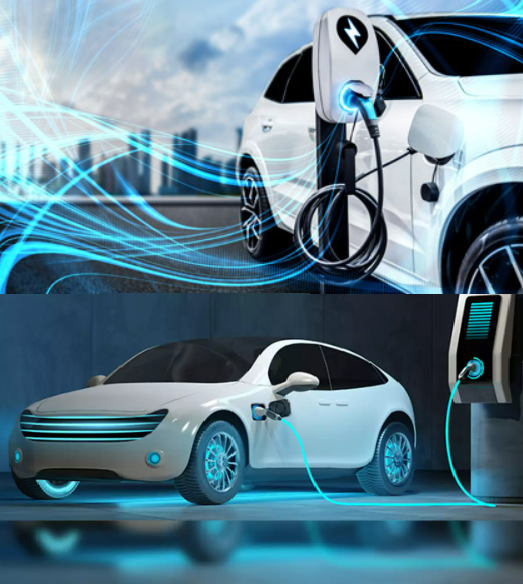
Experts Predict Significant Transformation in the Electric Vehicle Industry
Without automotive standards, America’s roads would resemble the wild west, emphasizing the importance of respecting the comprehensive technical specifications embedded in these extensive documents. These standards dictate essential aspects of your vehicle, including its operation, safety features, compatible parts, and fueling or recharging methods. The recent approval of two new standards for electric cars by SAE International, as highlighted by Willett Kempton, a professor at the University of Delaware’s Center for Transportation Electrification, signifies a substantial shift in the electric vehicle industry.
Kempton emphasizes that these developments herald significant improvements for EV drivers, with the potential for increased access to charging stations, reduced charging costs, and novel options for leveraging EVs in climate change mitigation and even income generation. The new standards, specifically the “V2G standard” (SAE J3068), unlock the widespread use of vehicle-to-grid (V2G) technology, allowing EV owners to contribute power back to the grid and earn income. This standard addresses a critical missing piece for V2G technology, enabling EVs to provide essential energy-balancing services, particularly when renewable energy sources are intermittent.
The savings from V2G can be substantial, ranging from $100 to $1,500 per year, depending on market conditions and utility regulations. While current EVs may require updates to enable V2G, new EVs with the necessary technology are expected to be available by 2025.
Additionally, the J3068 standard enhances alternating current (AC) charging technology, providing drivers with more cost-effective charging options in public spaces. It enables seamless communication between EVs and charging stations, streamlining the charging process and enhancing convenience for EV owners. Furthermore, this standard facilitates the use of EVs as backup power sources for homes, offering a valuable energy reserve during power outages.
Another approved standard, SAE J3400, standardizes the connector system developed by Tesla for EV charging. This move eliminates Tesla’s monopoly on their charging stations, making them accessible to any new EV equipped with this standardized connector. The implementation of this standard is expected to introduce non-Tesla cars with the technology to the market by 2025.
Rodney McGee, the Center director, played a pivotal role as chairman of the SAE committees responsible for these standards, leading a diverse group of representatives from auto companies, parts companies, charging stations, and government agencies. His expertise and impartiality were crucial in steering the committees toward cost-effective, well-engineered solutions that benefit the entire industry.
In summary, these new standards represent a transformative step forward for the EV industry, promising increased accessibility, reduced costs, and expanded capabilities for EV owners. As the standards become more widely adopted, future EV drivers can expect more reliable and diverse charging options, with the potential for their vehicles to contribute to grid stability and even earn income.
